Dill Herb: Complete Growing Guide and Culinary Uses
If you've ever wondered how to grow dill successfully or use it properly in cooking, you've come to the right place. This comprehensive guide delivers exactly what home gardeners and cooks need: proven growing techniques, proper harvesting methods, and practical culinary applications that work. Forget confusing scientific jargon - we'll show you exactly how to get the most flavor from your dill plants and use them effectively in everyday cooking.
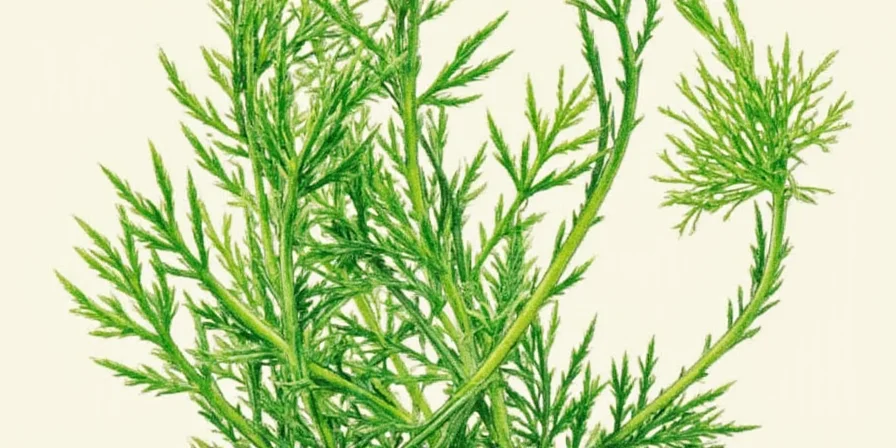
What Is Dill? Basic Facts Every Cook Should Know
- Scientific Name: Anethum graveolens
- Family: Apiaceae (related to carrots and parsley)
- Best Used For: Fish dishes, salads, pickling, dressings
- Fresh vs. Dried: Fresh dill has brighter flavor; dried works better in long-cooked dishes
Dill comes in two main forms that many cooks confuse: the feathery green leaves (dill weed) and the small brown seeds. The leaves offer a fresh, grassy-citrus flavor perfect for cold dishes and finishing touches, while the seeds provide a stronger, earthier taste ideal for pickling and breads. Understanding this difference solves the most common dill mistake - using the wrong form for your recipe.

| Type | Best For | When to Add |
|---|---|---|
| Fresh Leaves | Salads, fish, dressings, dips | Last 2 minutes of cooking or raw |
| Dried Leaves | Stews, soups, sauces | Early in cooking process |
| Dill Seeds | Pickling, breads, spice rubs | Toast before using for best flavor |
How to Grow Dill Successfully: Simple Steps for Home Gardeners
Growing dill is easier than most gardeners realize when you follow these proven techniques:
- Planting Time: Sow seeds directly outdoors after last frost (dill doesn't transplant well)
- Soil Requirements: Well-draining soil with pH between 6.0-7.5
- Sunlight Needs: At least 6 hours of direct sun daily
- Watering Schedule: Keep soil moist but not soggy (1 inch per week)
- Harvesting Tips: Cut stems when plants reach 8 inches tall, before flowers appear
For continuous harvest, plant new seeds every 3-4 weeks throughout the growing season. Companion plant with cucumbers to naturally repel pests - they grow well together and enhance each other's flavors.
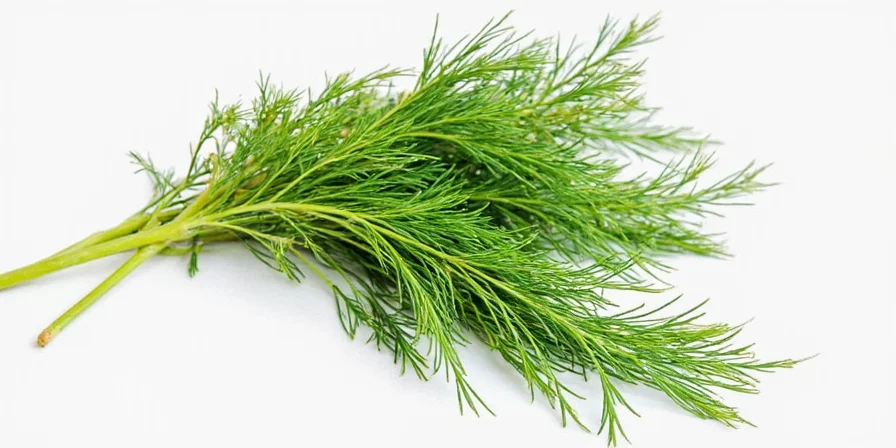
Preserving Dill: 4 Methods That Actually Work
Keep your dill fresh and flavorful all year with these practical preservation techniques:
- Refrigerator Storage: Place stems in water like flowers, cover loosely with plastic bag, change water every 2 days (lasts 10 days)
- Freezing: Chop fine, mix with water or oil in ice cube trays (best for cooked dishes)
- Drying: Hang small bunches upside down in dark, dry place (use for spice blends)
- Pickling: Add fresh dill to pickling jars for authentic flavor (essential for refrigerator pickles)
| Preservation Method | How Long It Lasts | Best Uses |
|---|---|---|
| Fresh in fridge | 7-10 days | Salads, garnishes, cold dishes |
| Water ice cubes | 3-4 months | Cooked dishes, soups, stews |
| Dried dill | 6-12 months | Spice blends, breads, pickling |
| Oil preservation | 3-4 months | Dressings, marinades, sauces |

Top 7 Delicious Ways to Use Dill in Everyday Cooking
Move beyond basic pickles with these practical culinary applications:
- Dill Sauce for Fish: Mix 2 tbsp fresh dill, 1/4 cup sour cream, 1 tbsp lemon juice, salt and pepper
- Salad Dressing: Whisk 1 tbsp dill, 2 tbsp olive oil, 1 tbsp vinegar, 1 tsp honey
- Homemade Pickles: Add fresh dill heads, garlic, and seeds to mason jars with cucumbers
- Salmon Seasoning: Press fresh dill into salmon fillets before baking
- Potato Salad: Fold in 3 tbsp chopped dill after cooking potatoes
- Dill Compound Butter: Blend 1/4 cup softened butter with 2 tbsp dill, lemon zest, garlic
- Dill Vinegar: Steep 1/4 cup fresh dill in 1 cup vinegar for 2 weeks
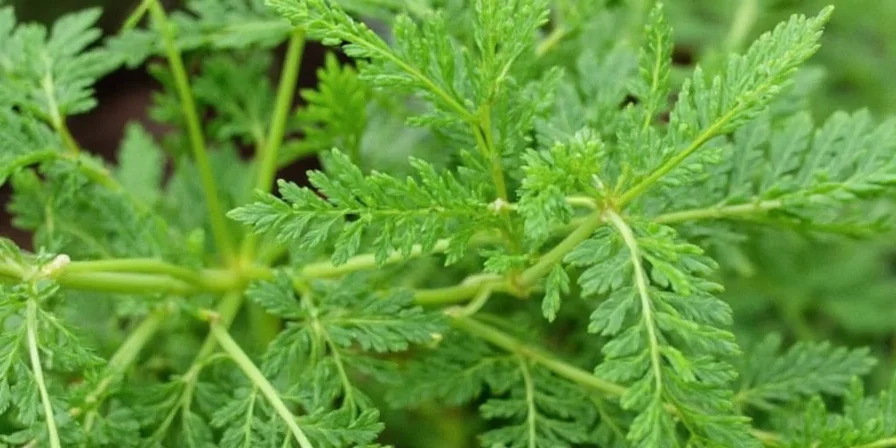
Dill Pairing Guide: What Flavors Work Best
Dill combines beautifully with these common ingredients:
- Fish and Seafood: Salmon, trout, shrimp (add fresh dill at the end)
- Dairy: Sour cream, yogurt, cottage cheese (mix in just before serving)
- Cucumbers: The classic pairing for salads and tzatziki
- Lemon: Enhances dill's bright flavor (add lemon before salt)
- Garlic: Creates balanced flavor in dressings and marinades
Common Dill Questions Answered
Why does my dill taste bitter?
Dill becomes bitter when cooked too long or at high heat. Always add fresh dill at the end of cooking. For heated dishes, use dill seeds instead of leaves.
How do I prevent dill from flowering too quickly?
Cut off flower buds as soon as they appear to extend the leaf-growing season. Plant new seeds every 3-4 weeks for continuous harvest.
Can I substitute dill for parsley or cilantro?
Not really - dill has a unique flavor. If you must substitute, use fennel fronds (not seeds) for similar flavor profile, but expect differences.
What's the difference between dill weed and dill seed?
Dill weed refers to the feathery leaves with light, fresh flavor. Dill seed comes from the flower heads and has stronger, earthier taste. They're not interchangeable in recipes.
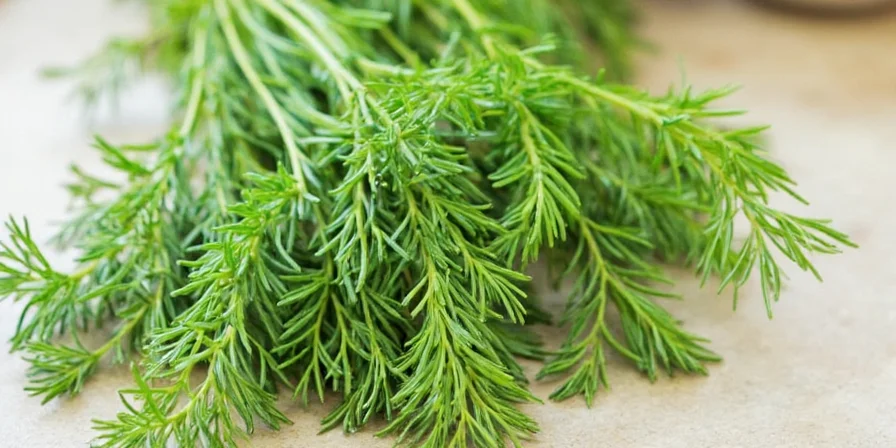
When to Use Fresh vs. Dried Dill: Practical Guide
Follow this simple rule: use fresh dill for cold dishes and as a finishing touch, dried dill for cooked dishes. Fresh dill loses its delicate flavor when heated, while dried dill needs time to rehydrate and release its flavor.
- Always use fresh: Fish dishes, salads, tzatziki, dressings, dips
- Always use dried: Pickling, breads, spice rubs, slow-cooked dishes
For best results with dried dill, toast the seeds lightly before grinding to enhance flavor. One tablespoon of fresh dill equals one teaspoon of dried dill in recipes.
Final Tips for Dill Success
Master dill by following these simple principles: harvest in the morning when flavor is strongest, use fresh dill raw or at the end of cooking, and plant successively for continuous harvest. Whether you're making classic pickles, fish dishes, or creamy sauces, dill adds that special touch that elevates ordinary meals. Start with small amounts (it's potent!), and remember that fresh dill works best when added at the end of preparation to preserve its delicate flavor. With these techniques, you'll get professional results every time you use this versatile herb.
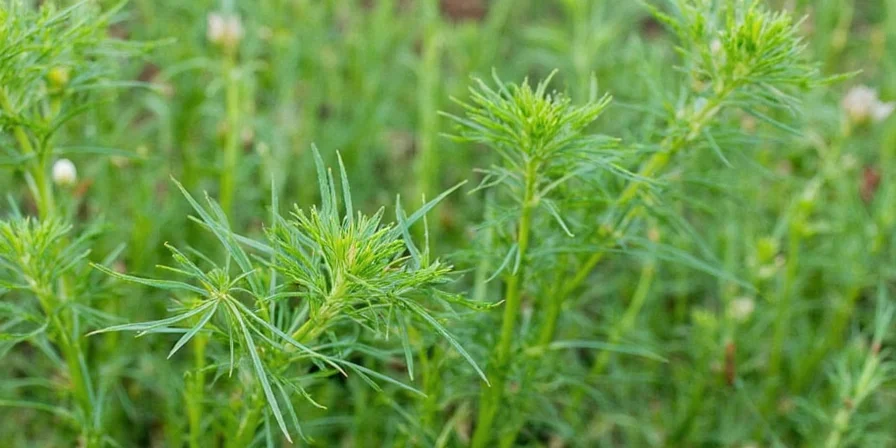

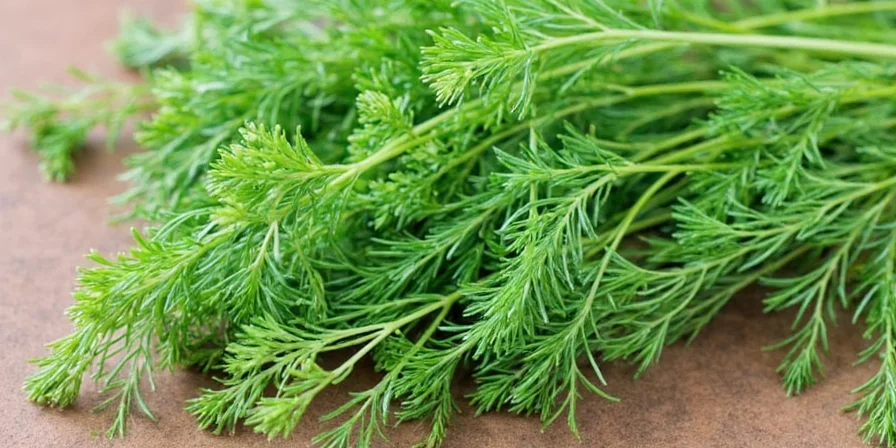









 浙公网安备
33010002000092号
浙公网安备
33010002000092号 浙B2-20120091-4
浙B2-20120091-4